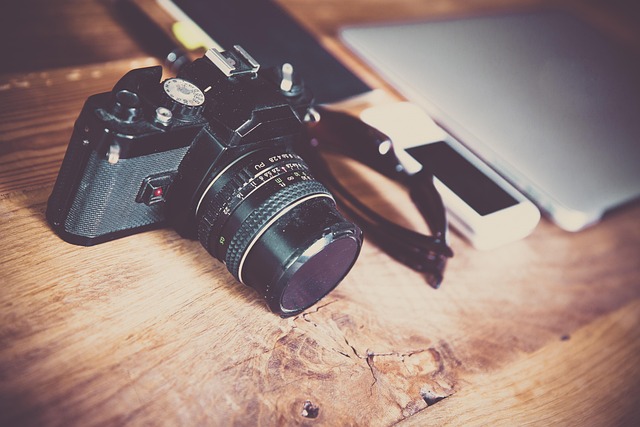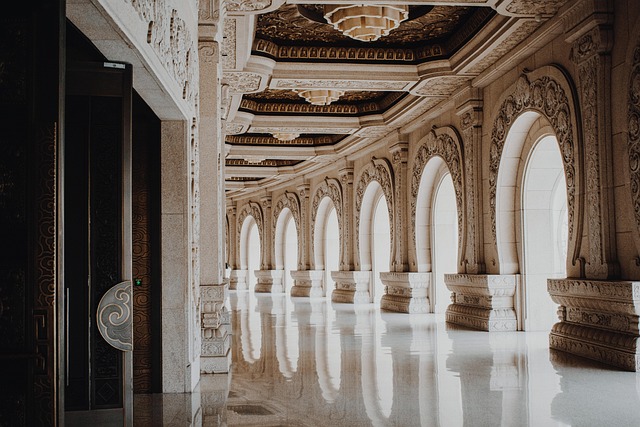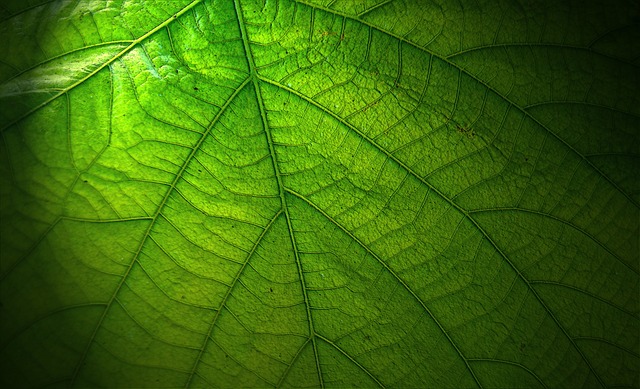Photography is an art that transcends mere images; it captures emotions, stories, and perspectives, often showcasing the world through the lens of our camera. One of the most pivotal yet frequently overlooked aspects of photography is the camera angle. The angle from which a photo is taken can transform a mundane shot into something extraordinary. It can create drama, intimacy, or grandeur—essentially establishing the dynamic of the viewer’s experience.
When we consider optics, we realize that every camera angle can alter the focal point of an image. A low-angle shot can imbue a sense of power and majesty to a subject, while a high-angle shot can evoke vulnerability or insignificance. Think about how a child’s toys might look towering from your perspective when crouched down to their level. This simple shift in angle can communicate so much more than just what is physically present.
Moreover, experimenting with camera angles can ignite creativity and encourage photographers to break away from the norm. Instead of always adhering to eye-level shots, dare to tilt your camera or change your position. For instance, shooting from an unusual angle might draw in more context—perhaps capturing the towering buildings around a small figure, thereby emphasizing their smallness in a vast world.
The beauty of photography lies in its ability to tell stories, and a well-thought-out camera angle can add depth to those stories. Photographers like Henri Cartier-Bresson mastered the art of capturing life’s fleeting moments, often utilizing angles that made the ordinary appear extraordinary. His photographs compel viewers to engage emotionally, provoking thought about the context captured within the lens. When we place emphasis on our camera angles, we learn not only to see but also to feel deeper connections with our subjects.
Using different camera angles enhances composition, inviting viewers to see through your lens. You might find that the energetic tilt of a diagonal shot creates a sense of movement, while a vertical composition draws the eye upward, creating a sense of aspiration. The interplay of light, shadow, and angle can enhance textures and create layers in your image that spark intrigue.
As you venture into the world of photography, don’t shy away from experimenting with camera angles. It’s an exploration that can deepen your understanding of the medium, with each angle presenting new possibilities. Whether it’s a grand landscape, a candid street moment, or intimate portraits—all can be transformed with the right angle. The next time you pick up your camera, remember that what you capture isn’t just what your eyes see; it’s a narrative shaped by your perspective. Embrace the myriad of angles available to you and discover the stories waiting to be told through your lens!




